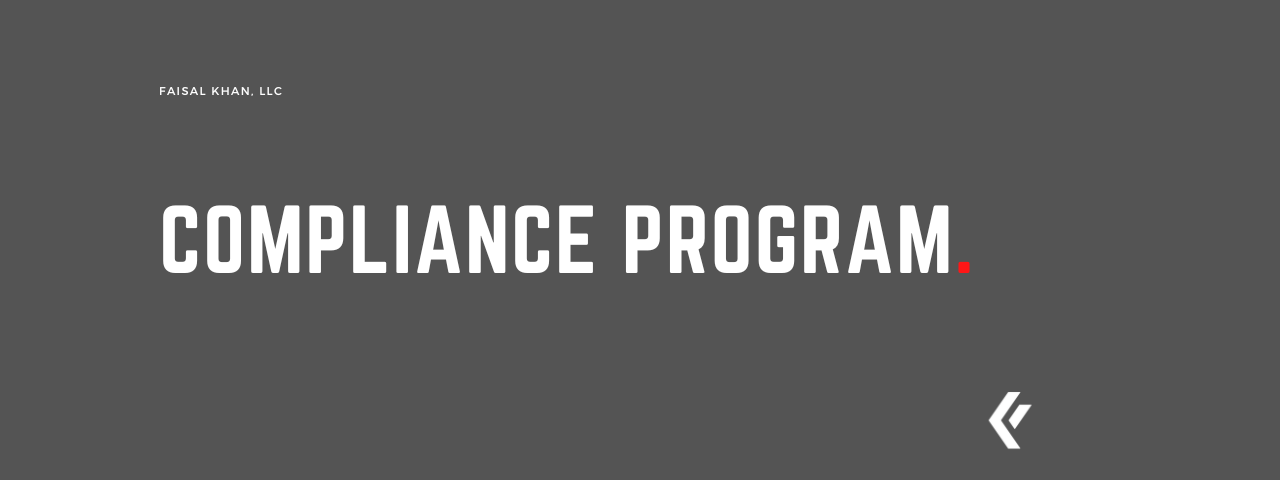A compliance program for the financial services industry is a set of policies, procedures, and processes that a financial institution or organization follows to ensure that it is in compliance with relevant laws, regulations, and industry standards. The main goal of a compliance program is to minimize the risk of non-compliance and to promote a culture of ethics and integrity within the organization.
Typically, a compliance program is authored by the management of a financial institution or organization, taking into account the specific laws, regulations, and industry standards that apply to their business. However, the guidelines and laws governing a compliance program are set by the relevant government agencies or financial regulators.
Implementing a compliance program is the responsibility of the financial institution or organization. This involves training employees, implementing procedures and controls to monitor and mitigate compliance risks, and regularly reporting on the effectiveness of the compliance program to the relevant parties.
Auditing a compliance program is usually performed by internal or external auditors to assess the effectiveness of the program and identify any areas for improvement. Financial regulators may also perform periodic audits to ensure that the financial institution or organization is in compliance with applicable laws and regulations.
The end applicant for the compliance program is the financial institution or organization. A robust and effective compliance program is essential for protecting the reputation and financial stability of the organization, as well as for meeting the expectations of stakeholders, including customers, investors, and regulatory agencies.
A table of contents for a compliance program would typically include the following sections:
- Introduction: An overview of the purpose and scope of the compliance program and its relationship to the organization’s mission and values.
- Compliance Policy: A statement of the organization’s commitment to compliance and a description of the policies and procedures that support this commitment.
- Regulatory Framework: A description of the relevant laws, regulations, and industry standards that the organization must comply with.
- Risk Assessment: A description of the process for identifying and assessing compliance risks, including the identification of risk areas, assessment of the likelihood and impact of non-compliance, and prioritization of risk mitigation activities.
- Compliance Training: A description of the training programs and resources that the organization provides to its employees to ensure that they understand and comply with the compliance policy and regulatory framework.
- Monitoring and Reporting: A description of the procedures and processes for monitoring compliance and reporting on the effectiveness of the compliance program, including the reporting of suspected violations to the appropriate parties.
- Enforcement and Remediation: A description of the procedures and processes for responding to suspected violations of the compliance policy and regulatory framework, including the investigation of suspected violations and the imposition of appropriate sanctions.
- Continuous Improvement: A description of the processes for regularly reviewing and improving the compliance program, including the review of the risk assessment, training programs, and monitoring and reporting processes.
- Appendices: Any additional information or documents that support the compliance program, such as a list of relevant laws, regulations, and industry standards, a compliance risk matrix, and sample training materials.
This table of contents is intended to provide a general overview of a typical compliance program and may be modified to suit the specific needs of the organization. The most important aspect of a compliance program is that it be comprehensive, tailored to the organization’s unique needs, and regularly reviewed and updated to ensure that it remains effective and relevant.
—
This page was last updated on February 9, 2023.
–

